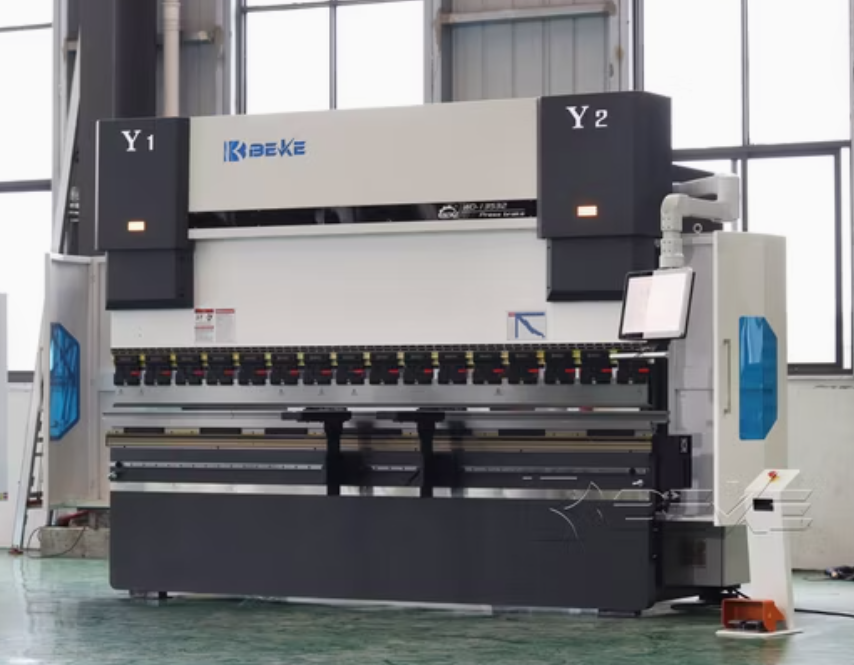
Posted on Friday, February 7, 2025
Creating a 180-degree bend in sheet metal is a crucial process in various industries, including HVAC, automotive, and metal fabrication. Achieving this bend requires specialized equipment, particularly a press brake with the right tooling. In this article, we will explore the available machines that can perform this operation within a 3x6 working area, focusing on their specifications and key considerations when selecting the best equipment for your needs.
A 180-degree bend, also known as a full hem or a fold, involves bending the sheet metal back onto itself. This type of bend is often used for reinforcement, safety edges, or aesthetic purposes. The process requires precision and the right tooling to ensure a clean, accurate bend without compromising the integrity of the material.
The primary technique used to achieve this bend is air bending, where the sheet metal makes minimal contact with the die, allowing for greater flexibility in reaching large bend angles. This method minimizes tool wear and reduces the force required compared to bottom bending or coining.
Several press brake machines can efficiently perform a 180-degree bend in sheet metal within a 3x6 working area. Below are some of the best options available for purchase:
When selecting a press brake for a 180-degree bend, consider the following factors:
Creating a 180-degree bend in sheet metal using a 3x6 machine requires the right press brake and tooling. Whether you opt for a hydraulic, servo-electric, manual, or hybrid press brake, selecting a machine that meets your production needs is essential. If you're looking to purchase a press brake for this operation, explore various models available for sale and choose the one that best fits your requirements.
For more details on machine availability and pricing, contact us today!

Understanding Coil IDs, Mandrel Sizing, and Shear Pin Safety in Uncoilers
Posted on Wednesday, October 1, 2025
Mismatched sizes can lead to machine damage, downtime, and safety hazards — often evidenced by a shear pin failure.

How Coil Tensile Strength Affects Roll Forming and How to Adjust Your Machine
Posted on Wednesday, October 1, 2025
Changes in tensile strength can significantly affect the finished profile, causing misaligned bends, uneven edges, and out-of-spec parts.

Why Paint Cracks on an Embossing Line Running Pre-Painted Coil and How to Prevent It
Posted on Wednesday, October 1, 2025
This issue not only affects the visual quality of the product but can also lead to increased scrap rates and customer complaints.

The Most Popular Standing Seam Metal Roof Panels in the U.S. — A Comprehensive Guide
Posted on Monday, September 29, 2025
In this post, we’ll explore what panel styles and sizes are most popular in the U.S